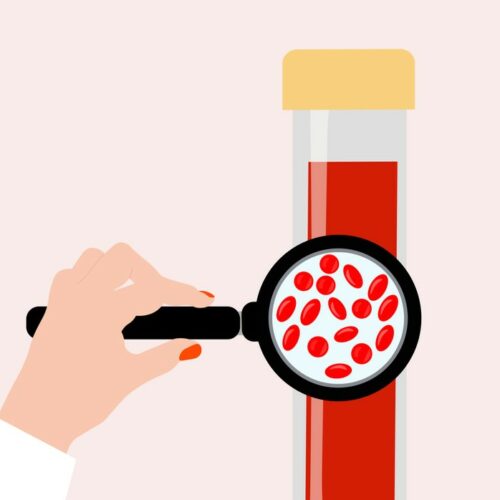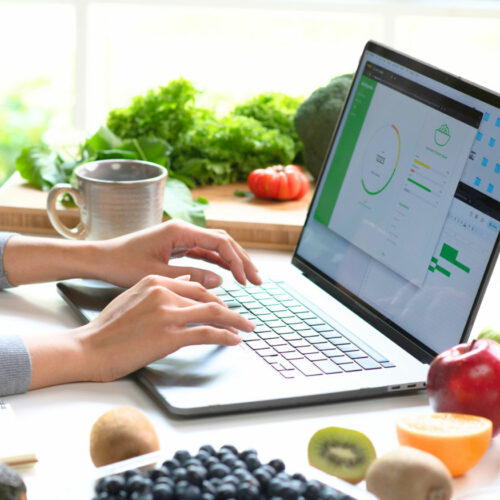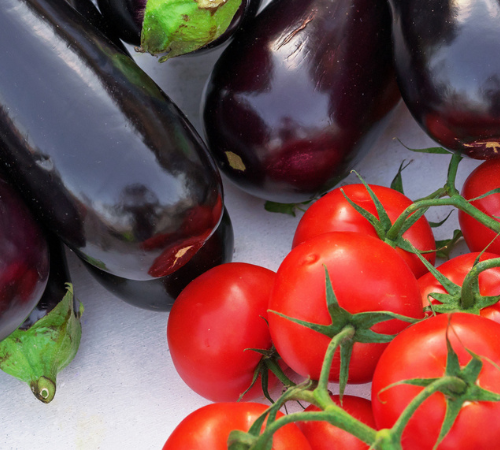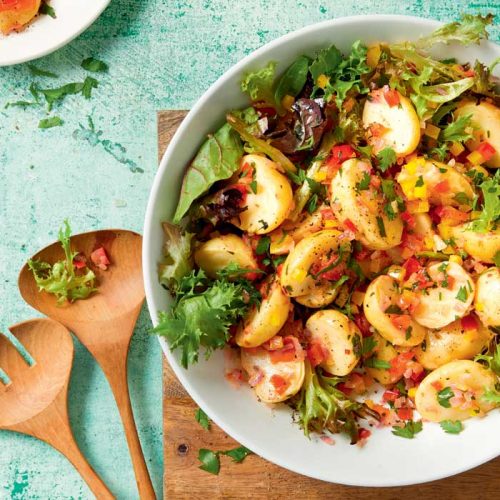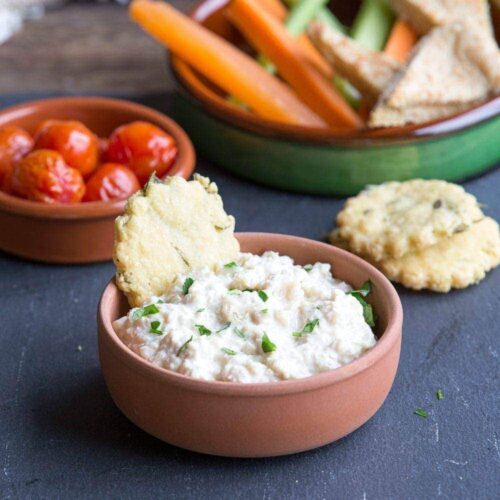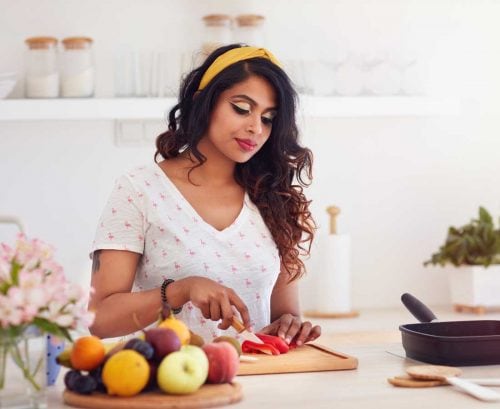
Founding editor Niki Bezzant explains how to balance different dietary needs, such as being plant-based and gluten-free, with meeting nutritional requirements such as daily fibre and protein targets.
Q How can I establish a more veg-centred diet that’s also gluten free and still ensure I get all the protein and fibre needed?
A Aiming to eat more plants is a really great goal. That’s true whether or not your diet includes animal foods; we know a diet that’s centred on plants is a very healthful way to eat. It doesn’t really matter what label we might like to put on that diet (if any).
The good news is that a diet that consists mostly of plants is also going focus largely on fresh, whole foods. And when we eat fresh, whole foods, it’s very easy to avoid gluten. Remember, gluten is found in wheat, rye, oats (due to processing), barley and some other grains, which pop up a lot in processed foods. You don’t need to cut all grains from your diet, though. Experiment with gluten-free whole grains such as buckwheat and quinoa and use them in both hot and cold dishes to boost the goodness in your meals.
When it comes to protein, you’ll easily be able to get the protein you need from a well-balanced plant-based diet, again, whether or not there’s meat involved.
Plant sources of protein include beans and pulses (legumes) which are a boon for plant-based eaters. There’s a wide range of these to play with; think black, white and kidney beans; chickpeas; lentils; split peas and more.
You can buy these canned (super convenient) and dried (super cheap) and they’re so versatile you can eat them every day of the week. If you’re a meat eater, try combining meat and legumes in your dishes – think lamb and chickpea stew; Bolognese sauce with red lentils; beef chilli with beans. Seek out edamame (whole soy beans) too. They’re packed with useful protein and lots of other goodies.
Eggs and dairy are also sources of quality protein. Again, they are versatile and economical ingredients that have a happy home in a predominantly plant diet.
If you’re worried about fibre, don’t be. Eat as described above and you’ll get plenty of fibre, and a good variety, too. Remember we need lots, every day, of the different kinds of fibre: soluble and insoluble. Plants are where we get it, and the more of them we eat, the more fibre we get, along with its many benefits.
www.healthyfood.com


